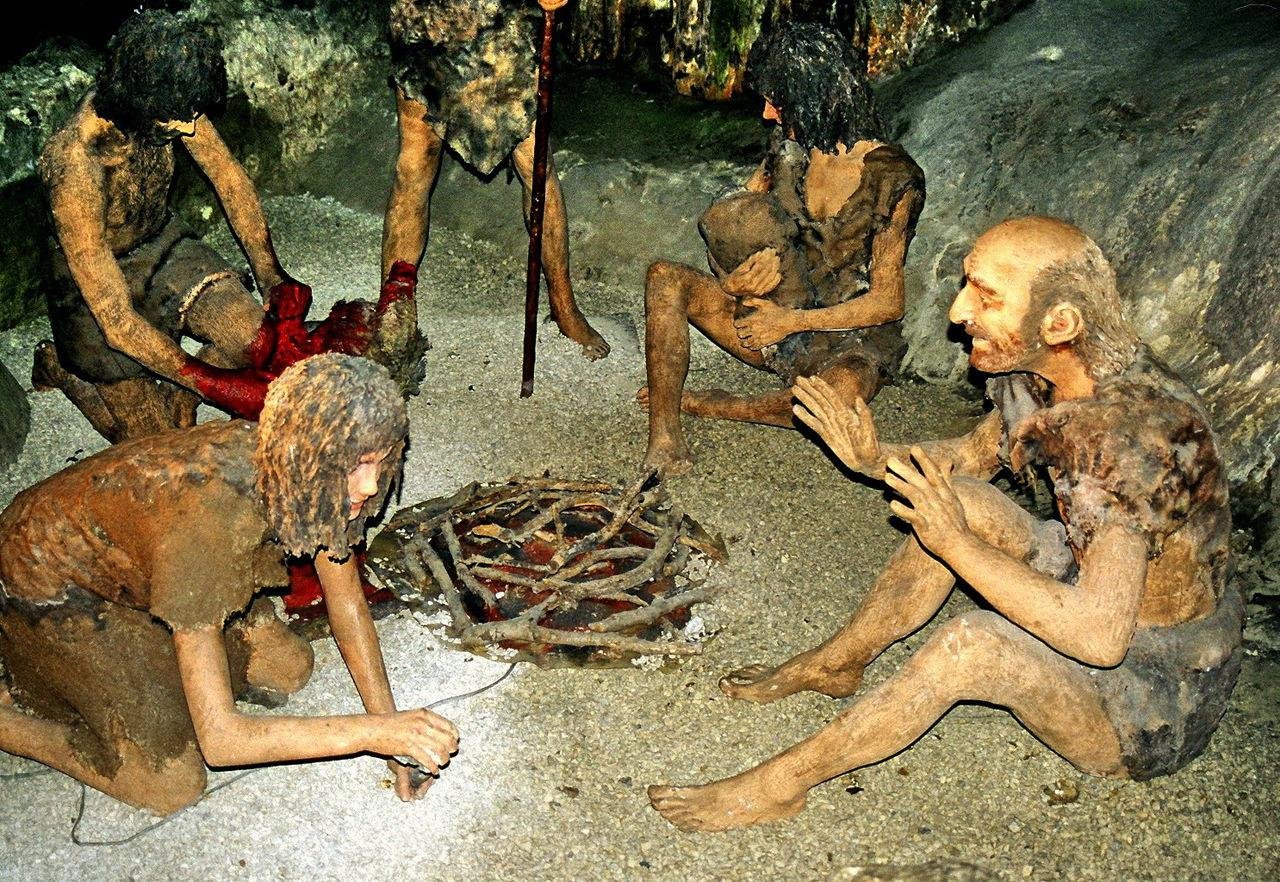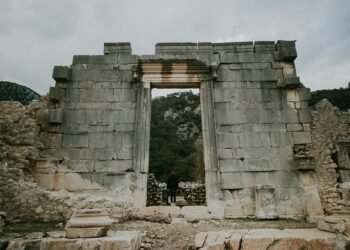Recent genetic research reveals that the intermingling between Neanderthals and modern humans was not a brief or isolated event but a sustained period of interaction lasting nearly 7,000 years. This period of interbreeding, which began approximately 47,000 years ago, has significantly influenced the genetic makeup of contemporary human populations outside Africa.

[Neanderthals, our closest extinct relatives, diverged from the ancestors of modern humans around 500,000 years ago. They populated Eurasia while early Homo sapiens remained in Africa. The migration of modern humans out of Africa around 70,000 years ago set the stage for encounters with Neanderthals, particularly in regions such as the Middle East and Europe.
A new study, which is currently awaiting peer review and published as a preprint on bioRxiv, utilized genomes from 59 ancient Homo sapiens and 275 present-day individuals. The research, led by Priya Moorjani, a population geneticist at the University of California, Berkeley, offers a comprehensive view of how Neanderthal genes were incorporated into modern human populations.
The study identified that the primary period of gene flow between Neanderthals and modern humans spanned from around 47,000 years ago to 40,000 years ago. This conclusion was drawn by analyzing long stretches of Neanderthal DNA in the genomes of ancient humans, which were noticeably shorter in later samples.

The research team examined genomes from ancient human remains, including those from Ust’-Ishim in Siberia, Zlatý kůň in the Czech Republic, and individuals from Bulgaria’s Bacho Kiro caves and Romania’s Peștera cu Oase caves. By comparing these ancient genomes with those of 275 contemporary individuals from diverse global backgrounds, the researchers could track the persistence and attrition of Neanderthal genes over time.
Fernando Villanea, a population geneticist at the University of Colorado Boulder, highlighted that the interbreeding was likely not rare. The oldest individuals from Oase and Bacho Kiro showed very recent Neanderthal ancestry, suggesting frequent interactions. These interactions, however, did not always lead to long-lasting genetic contributions, as evidenced by the disappearance of certain Neanderthal DNA segments in modern populations.
The study also found that during the early period of interbreeding, Neanderthals contributed approximately 5% of the genes in the mixed population, implying that about one in twenty individuals in this population was a Neanderthal. Over time, natural selection and genetic drift have reduced the Neanderthal DNA in modern humans to about 1-2%.
The research confirmed that some Neanderthal genes were advantageous and thus persisted in the human genome. These genes are associated with skin pigmentation, immune response, and metabolism. For instance, lighter skin pigmentation genes might have helped early humans adapt to environments with lower sunlight, facilitating better Vitamin D synthesis.
Interestingly, the gene flow appears to have been predominantly one-directional. Modern human DNA does not seem to have entered the Neanderthal gene pool, a phenomenon that remains puzzling. Chris Stringer suggested that perhaps any hybrids born from such unions were less successful, potentially due to health or fertility issues.
This research provides a detailed timeline and understanding of how Neanderthal genes have shaped modern humans.
























